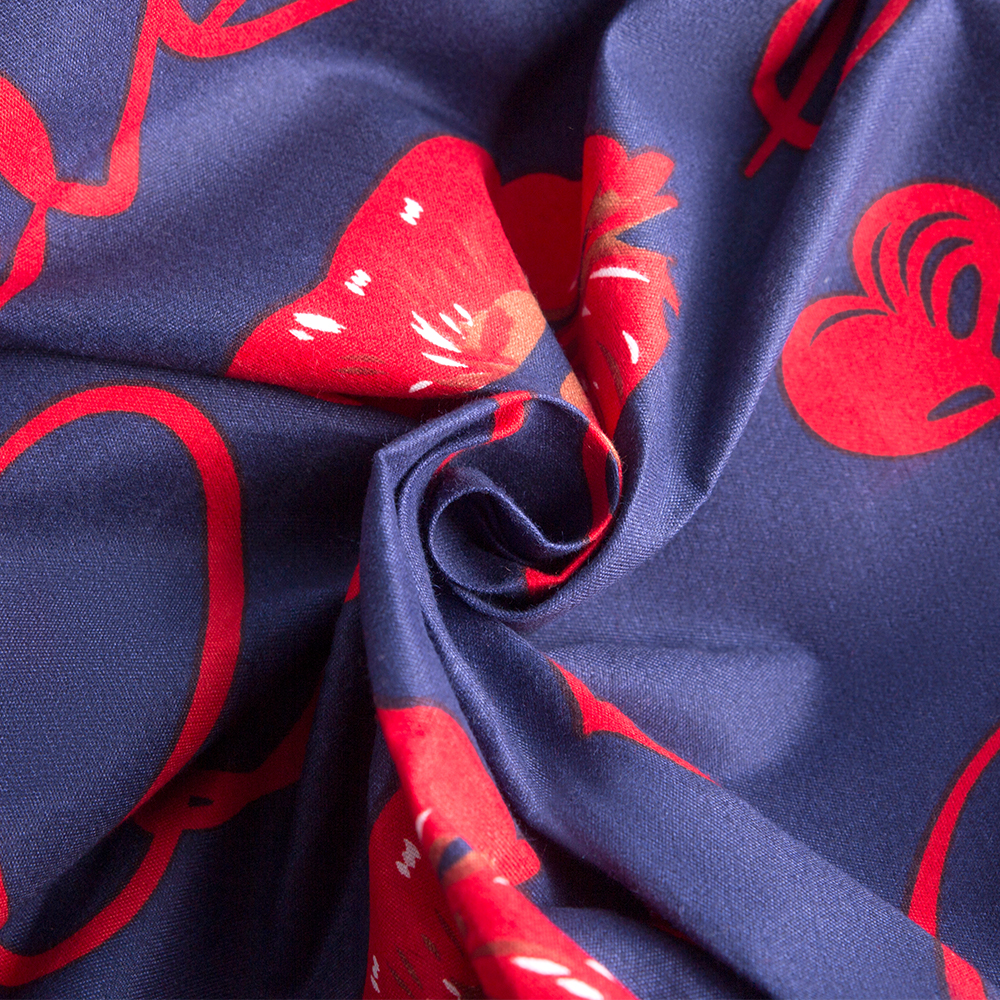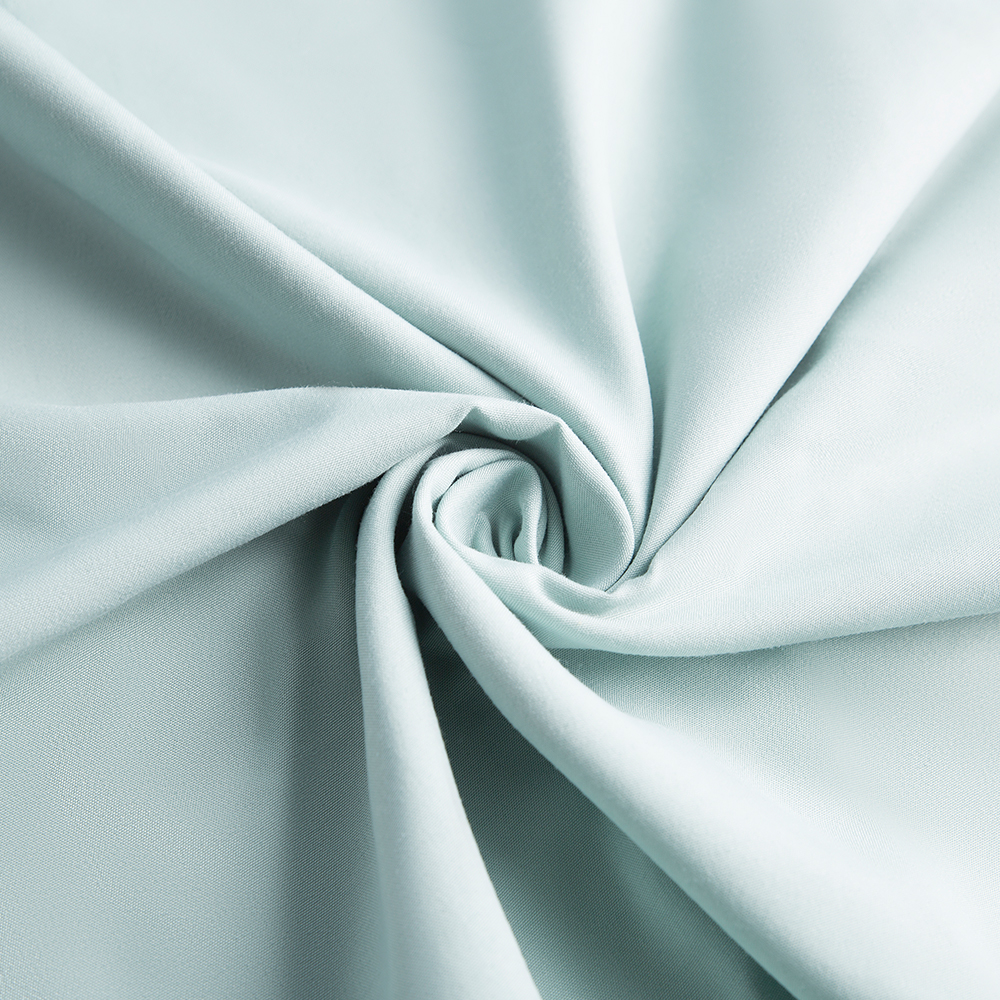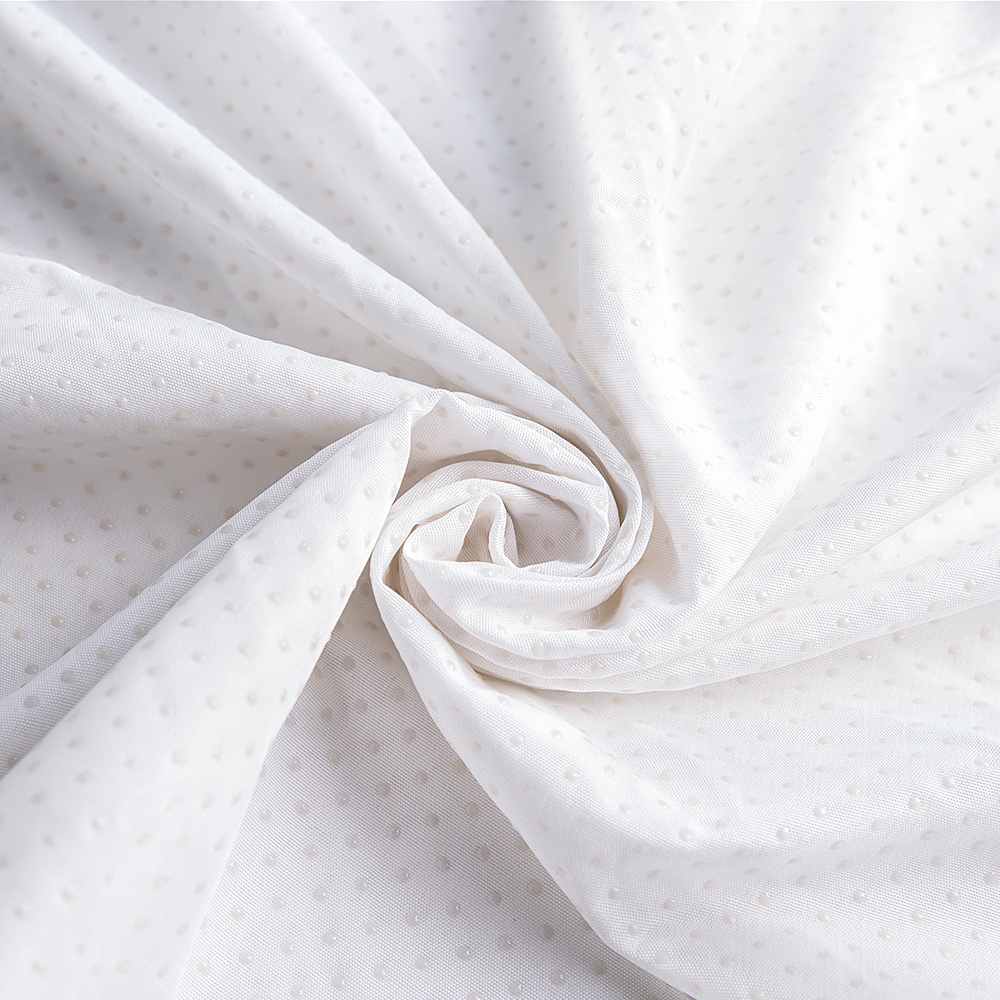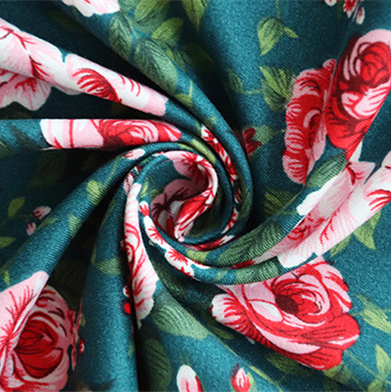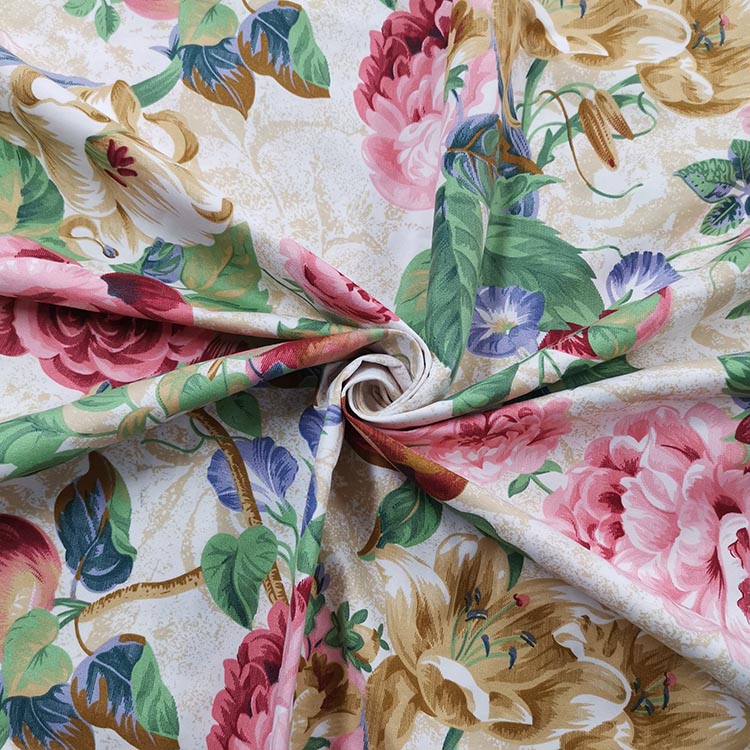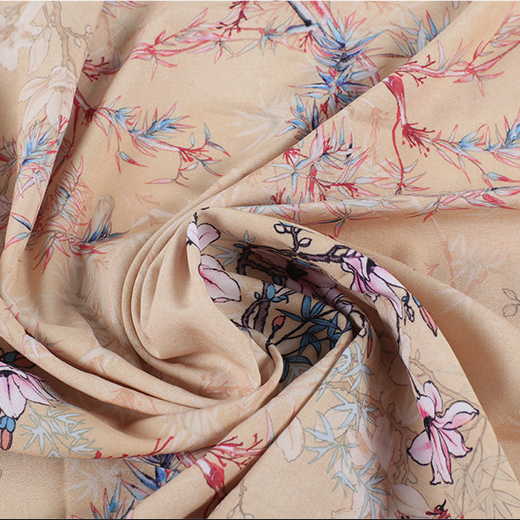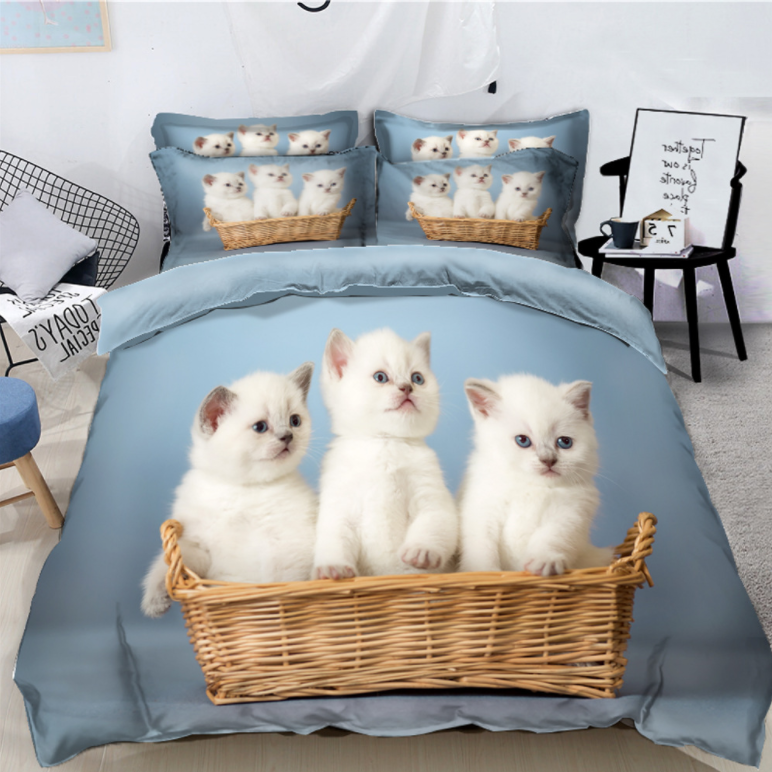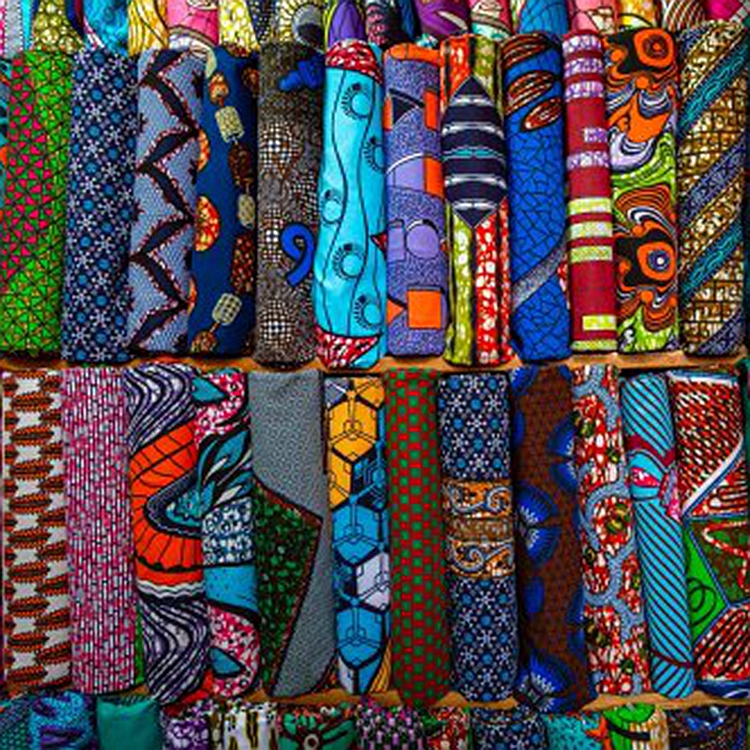In the ever-evolving world of textiles, one fabric that has gained widespread attention for its unique texture and versatility is brushed fabric. Known for its soft, velvety feel and warm appearance, brushed fabric has become a favorite in the fashion and home décor industries. Whether used for clothing, bedding, or upholstery, its ability to provide both comfort and durability has made it a key player in the modern textile market. This article explores the growing popularity of brushed fabric, its manufacturing process, and the reasons behind its increasing demand in various sectors.
Brushed fabric is a type of textile that has been mechanically treated to give it a soft, raised surface, typically achieved through a brushing process. This technique involves passing the fabric through a set of rotating brushes, which gently pull and raise the fibers from the surface, creating a plush, fuzzy texture. The fabric is often made from natural fibers like cotton, wool, or synthetic fibers such as polyester, or a blend of both.
The brushing process not only enhances the fabric's tactile qualities but also increases its insulation properties by trapping air between the raised fibers. This makes it ideal for colder weather, as it retains warmth and adds a layer of comfort to the wearer or user.
The process of creating brushed fabric starts with the selection of raw materials, which can include cotton, polyester, or other synthetic fibers. These materials are woven or knitted into a base fabric before undergoing the brushing treatment. The fabric is then passed through a series of rotating brushes that gently lift the fibers from the surface, resulting in the characteristic soft feel.
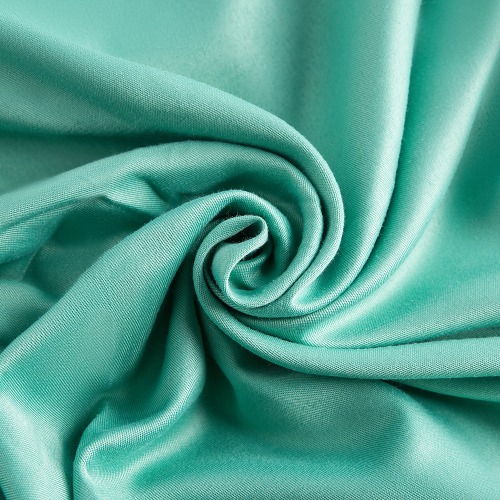
There are two main types of brushing processes: mechanical brushing and chemical brushing. Mechanical brushing involves physical contact with a set of metal or nylon brushes that raise the fibers, while chemical brushing uses special treatments or coatings to achieve a similar effect without the use of brushes. The mechanical method is the most common, as it creates the plush texture that is highly desired for applications in clothing and home textiles.
After brushing, the fabric is often subjected to further treatments, such as dyeing, heat setting, and finishing, to enhance its color, texture, and durability. This ensures that the fabric maintains its quality over time, even after repeated washing and use.
Apparel: One of the most popular uses of brushed fabric is in the production of clothing. Brushed cotton shirts, jackets, and flannel shirts are especially popular during the colder months, as the fabric’s soft texture and warmth make them perfect for fall and winter. Brushed fabric is also commonly used in loungewear and sleepwear due to its comfort and ability to regulate temperature. In addition to its softness, the brushed finish gives garments a slightly vintage or relaxed look, adding to their aesthetic appeal.
Bedding and Upholstery: Brushed fabric is widely used in the home décor industry, particularly in the production of bedding and upholstery. Brushed cotton sheets, pillowcases, and blankets offer a luxurious feel while also being breathable and moisture-wicking. In upholstery, brushed fabric is used for sofas, cushions, and other furniture, as its soft texture enhances the overall comfort and style of a room. The fabric is also valued for its durability, as the brushing process can make the fabric more resistant to wear and tear.
Sportswear: The versatility of brushed fabric extends to the sportswear industry, where it is used to create comfortable and performance-enhancing garments. Brushed polyester, for example, is a common material in activewear such as sweatshirts, leggings, and outerwear. Its moisture-wicking properties, combined with its softness, make it ideal for athletic activities and outdoor pursuits.
Accessories: Brushed fabric is also used to create a range of accessories, such as scarves, hats, and gloves. The fabric’s ability to trap heat and provide warmth makes it an excellent choice for items designed to protect against the cold.
There are several reasons behind the growing demand for brushed fabric in various industries:
Comfort: One of the primary factors driving the popularity of brushed fabric is its unparalleled comfort. The raised fibers create a soft, tactile surface that feels gentle against the skin, making it perfect for garments and home textiles that require prolonged use.
Warmth and Insulation: Brushed fabric is highly effective at trapping air between the fibers, which acts as a natural insulator. This makes it an excellent choice for cold weather clothing, bedding, and other textiles that need to provide warmth and comfort.
Durability: The brushing process can increase the fabric’s resilience, making it more resistant to wear and tear over time. This durability is especially important in products like upholstery and bedding, which undergo frequent use and cleaning.
Aesthetic Appeal: Brushed fabric has a unique texture and appearance that adds to its appeal. The soft, fuzzy surface gives it a cozy, inviting look, making it popular in both fashion and home décor. The fabric’s ability to hold dye well also contributes to its aesthetic value, as it can come in a wide range of vibrant colors and patterns.
Eco-Friendly Options: As sustainability becomes a key focus in the textile industry, many manufacturers are opting for eco-friendly materials in their brushed fabric products. Brushed cotton, for example, is a natural, biodegradable option, while some companies are using recycled polyester to reduce the environmental impact of their fabrics.
As consumer demand for comfort, warmth, and style continues to rise, the future of brushed fabric looks promising. Innovations in fabric treatment and the use of sustainable materials are expected to further enhance the quality and environmental footprint of brushed fabrics. With its combination of softness, durability, and versatility, brushed fabric will likely remain a staple in both the fashion and home textiles markets for years to come.





 English
English
 中文简体
中文简体

